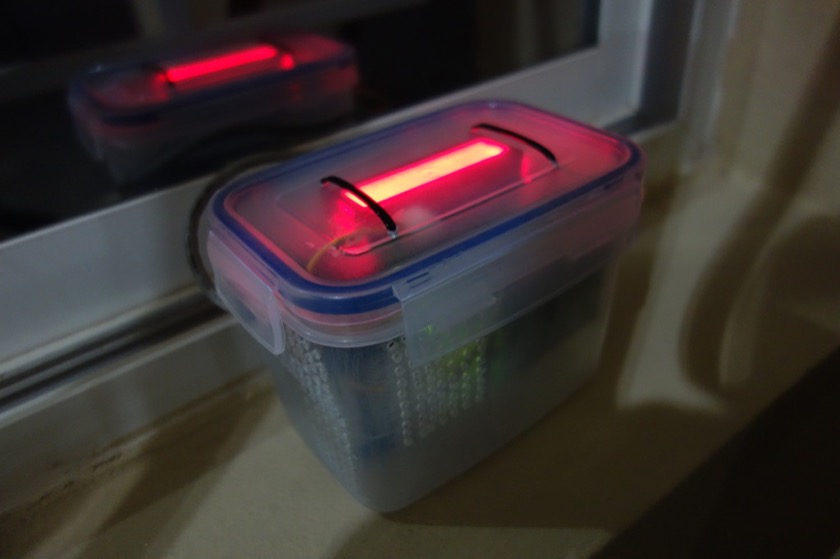
One of my least favorite things about living in Qatar is the air pollution. A recent study cited Doha as the 12th most polluted city in the world. Unfortunately, Qatar lacks real-time air quality monitoring stations (like the one the American Embassy in Beijing uses to post data to Twitter), so one of my goals when we first moved here was to build a basic air quality monitor and connect it to the internet so I (and anyone else with an internet connection) could see real-time data about the air quality in Doha.
When it comes to monitoring air quality on a hobby scale, there are three things you can test for: sulfur dioxide, nitrous oxide, and airborne particulate matter (dust). Based on the data I could find about Qatar, the poor air quality here stems mostly from airborne particulate matter.
There are a variety of causes of particulate pollution, both natural and anthropogenic. I don't know to what degree the air particulate in Doha stems from natural sources (wind blowing across a sandy desert) versus human sources (construction sites, vehicle exhaust, etc.), but it seems clear the Middle East and North Africa are just incredibly dusty places to begin with.

The first air quality monitor I put together cost about $100 in parts (which I purchased in the United States before I moved here), plus many hours in design and debugging. And in case you're wondering, I didn't do it from scratch. I had the work of others (namely, Chris Nafis) to guide my way. I taped it to the wall by our internet router where it still sits, sensing the cleanliness of the air inside our house and posting the data to the internet.
Ultimately, I want other people to find my data useful, and frankly, an indoor air particle sensor just isn't that useful to anyone who doesn't inhabit that particular indoor space. Does a spike in air particles mean that a dust storm is rolling through Doha? Or is Alex just frying some bacon? With those thoughts in mind, I built an upgraded version to be placed outside.

The upgrades include the addition of an LCD screen to display the data, a temperature and humidity sensor, and a plastic container to house it all. It sits on the windowsill outside our house, sensing the air and sharing its data to anyone who's curious enough to look.
If you're curious about what the data means, check out this page on my projects website. In short, Doha is definitely dusty, and some days are dustier than others. Beyond that, it's tough to say, but I've heard rumors that Qatar is in the process of installing a few professional air quality monitors. In the mean time, check out the data from my air particle sensor or build your own.